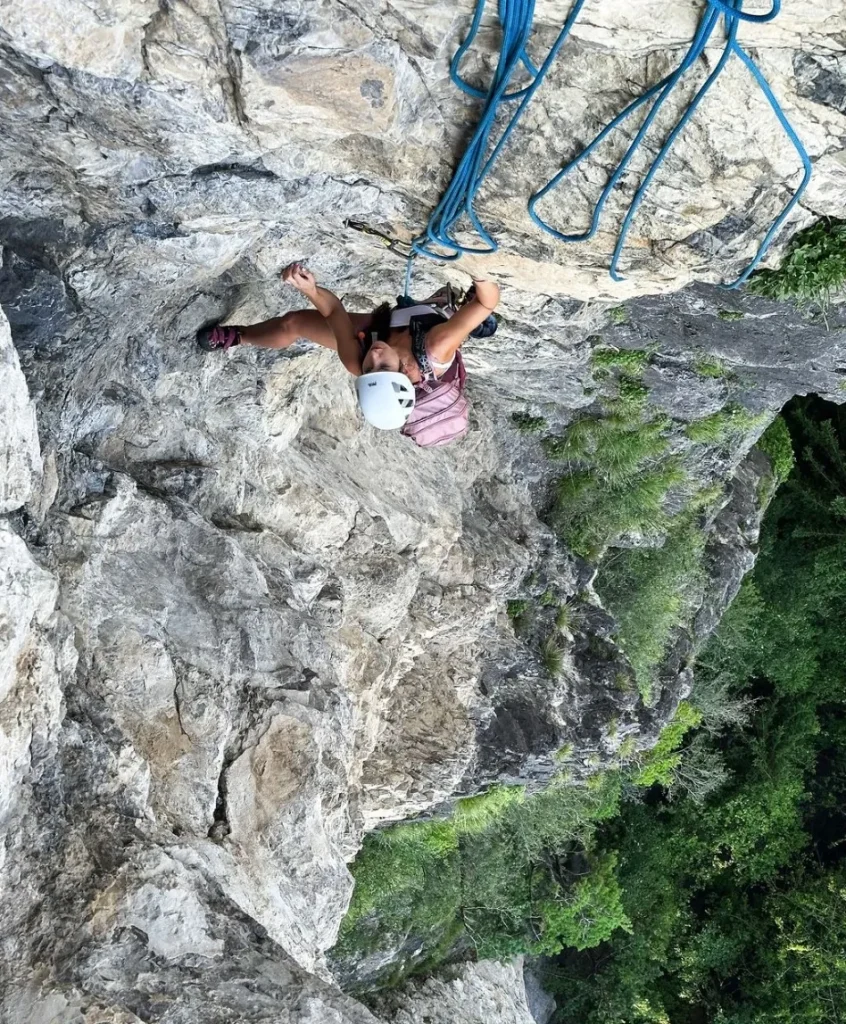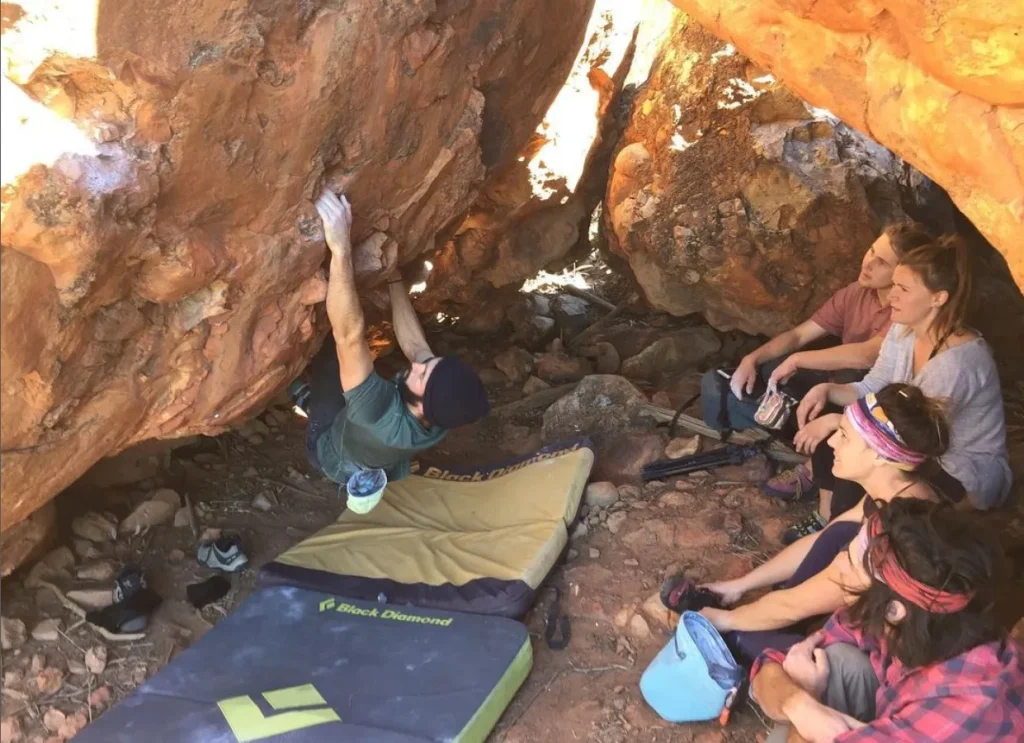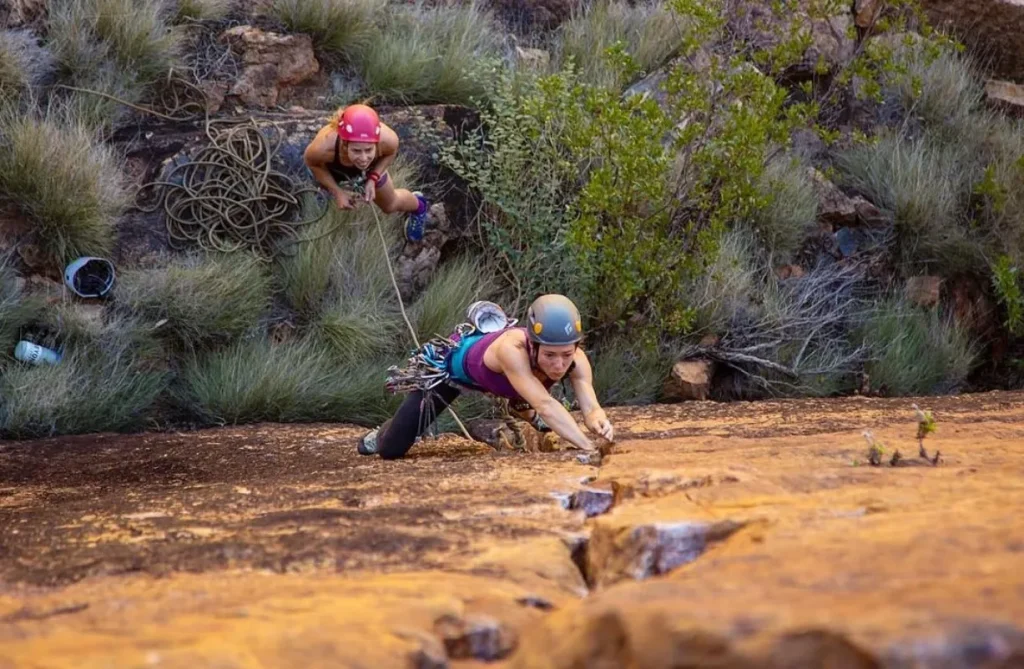The Great Ocean Road that stretches over Victoria’s southwestern coast in Australia is not only famous for its coastal hotspots and iconic landmarks such as the Twelve Apostles. It is also one of the top rock climbing areas, with a variety of options available to fit all levels of fitness and experience. In this regard, climbers can be absorbed into both the sporting activities and the stunning natural beauty of the area through Pacific Ocean Wall’s stunning outlook to several local route guidebooks.
Rock Climbing and Bouldering
Rock climbing and bouldering represent some of the exciting ways to explore the rugged terrains along The Great Ocean Road. Rock climbing usually involves ascending crags using different techniques like jams in narrow cracks, while boulder focuses on short, challenging climbs without rope. These two require stamina, technique and a sense of thrill. For individuals new to climbing, indoor rock facilities such as those found at Melbourne Climbing School or BlocHaus Bouldering can go a long way toward developing skill sets before venturing outdoors.
Great Ocean Road: A Climbers’ Paradise

The Great Ocean Road has a comprehensive climbing guide that reveals an extensive list of climbing stations as well as sites for rock climbing. Due to its variety which encompasses single pitch routes versus multi-pitch ones, it caters for people looking for both challenge and beauty. Prime positions around Johanna Beach Campground or rugged terrain surrounding Cape Otway Campground offer myriad opportunities for climbers to test themselves against nature’s challenges.
Natural Beauty and Scenic Views

One interesting thing about scaling rocks along The Great Ocean Road is that every ascent comes with natural beauty. As you ascend these steep walls, you get incredible views of oceans, green forests, and dramatic natural sculptures created by rocks. When combined with outdoor adventures surrounded by beautiful sceneries this becomes the perfect idea behind it all as far as attracting climbers at different stages is concerned. This combination ensures that each ascent memorable by combining panoramas and climbing skills.
Find Your Adventurous Spirit
From the most inexperienced to those who have climbed for years, The Great Ocean Road’s climbing destinations offer something for everyone. Indoor bouldering at Melbourne Adventure Hub is a good starting point for beginners. Climbers will then be able to transition into outdoor activities such as top roping which are suitable for beginners while others can make progress towards trad routes that are more difficult to climb. Moreover, there are more difficult climbing paths for experienced athletes and various other things like mountain biking or trail walks.
Guided Trips

These guided trips provide an opportunity to explore what The Great Ocean Road has to offer in terms of climbing. By using the extensive climbing guidebooks around the area professional guides such as Arapiles Climbing Guides help climbers get the most out of their stay here. These guides come with useful information about where to hire gear from or how best to approach these dangerous sports without compromising safety and fun.
Beginner – Advanced Routes
There are different types of climbs suited for all levels along the Great Ocean Road. Beginners can start on easy tracks before they grow up and develop more strenuous projects. There are also complex structures of multi-pitch routes that can challenge advanced climbers. This way, mountaineers can easily navigate through some of diverse options available in this area by following trail day episodes or trail signage among others.
Climbing Groups
To enjoy your trip along The Great Ocean Road, you should consider joining a climbing group. Climbing groups often provide social and supportive environments where you can share tips, techniques, and encouragement. As well, they usually offer organized trips, training sessions and community events that can make it easier for you to meet other climbers.
- Top Roping

Top roping is when one climbs up the route while being held on a rope from above. This method offers more safety margin hence making it an excellent choice for beginners or people who prefer controlled climbing environment. It allows climbers to concentrate on technique and enjoyment without the additional concerns of leading.
- Sport Climbing

Sport climbing involves the use of fixed anchors like bolts that climbers clip their rope into as they climb up. This technique is good for those who feel comfortable with lead climbing but would like to try more difficult climbs. Usually sport climbing routes are partially equipped with protection giving a mixture of adventure and security.
- Trad (Traditional) Climbing
Trad climbing refers to the placing of one’s own protective gear such as cams or nuts into cracks or fissures while going up the rock face. Proficiency in gear placement as well as route finding are some of the requirements to be met by climbers using this style .There is something exploratory about trad-climbing that makes it rewarding to experienced athletes.
- Bouldering
Bouldering features shorter climbs mostly between fifteen and twenty feet high without ropes. To land safely when stumbling over boulder problems crash pads will be needed .As such ,one must rely on strength and technique alone . For those looking to improve their skills or work on specific moves whilst enjoying some company in the process, bouldering can therefore be preferred .
Conclusion
Rock climbing and bouldering along The Great Ocean Road offer visitors an exciting way to experience one Australia’s most picturesque drives. With a wide range of climbing options, stunning vistas and a thriving climbing community, this place is suitable for all levels of climbers. First-time adventurers and seasoned climbers alike will find much to love about the Great Ocean Road. Well if your Hands are tired of the rock, you want to relax, then we recommend you to join Great Ocean Road tour. Where you can relax and unwind.
FAQ
What is the best time of year to climb along The Great Ocean Road?
The prime period to undertake rock climbing on The Great Ocean Road usually falls within spring and autumn (September – November; March – May). At these times it’s usually cooler with less rain making conditions more comfortable for an ascent.
Do I need any special permits to climb in this area?
In general, there are no specific permit requirements for climbing in the region around The Great Ocean Road. However, information on local authorities or park administration should always be sought first for such guidelines or rules.
Are there any climbing schools or instructors available?
The Great Ocean Road district has several schools offering lessons in rock climbing as well as various experienced trainers ready to provide instruction in this sport from basic to advanced levels . In addition , they may rent out equipment if you do not have yours.
What type of climbing gear should I bring?
When planning trips along The Great Ocean Road have appropriate clothing for rock climbing which includes a harness, helmets and shoes . For bouldering carry crash pads and rent shoes . Also available at local shops are rental equipments.
Are there any places to stay near rock climbing sites?
Yes, there are a variety of lodgings near rock climbing sites on the Great Ocean road such as camping grounds, resorts and inns. Halls Gap specifically has myriad accommodation options and is known as a good location for climbers.
